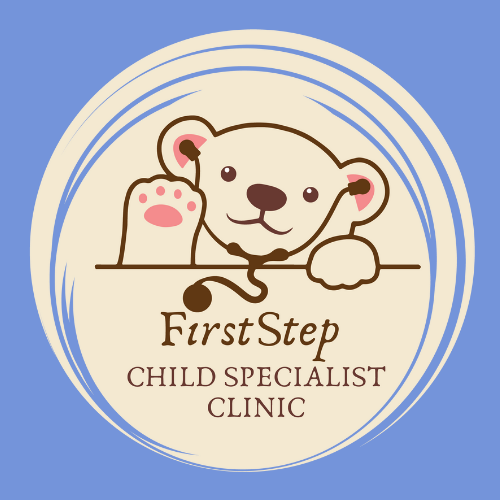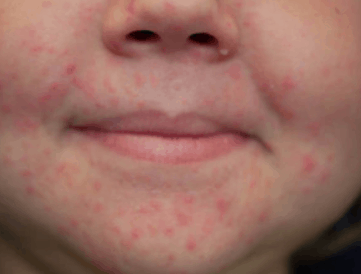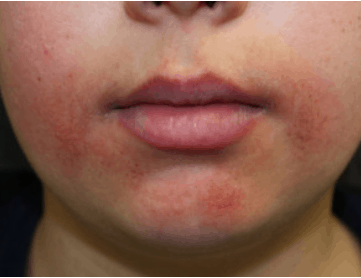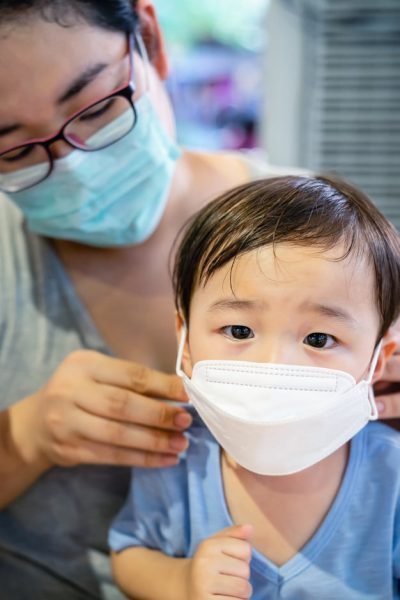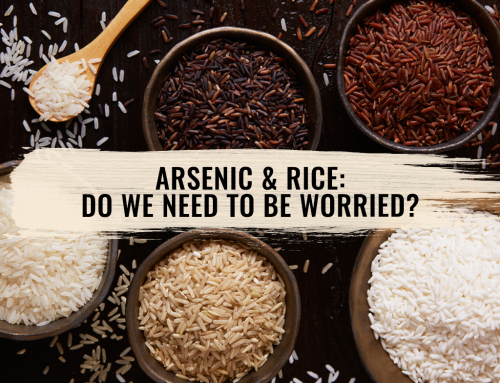Protecting your skin while wearing a mask
I have been seeing a number of children with red, dry or itchy skin around the nose and mouth. This phenomenon is probably seen in adults as well. The main culprit would be the usage of face mask!
Wearing a face mask is especially crucial during this COVID-19 pandemic as it not only protects against droplets from sneezing or coughing but it also indirectly prevents touching of the face. The eyes, nose and mouth are portals for this tiny little virus to enter the body; causing infection.
What are the effects of face mask on the skin?
Face mask traps vapour and body secretions such as saliva and mucus. The effect of this plus trapped breath from wearing a mask produces a hot and moist environment.
This predisposes the skin to develop rashes, redness, irritation and scaling of skin over the mouth and nose area. Sometimes, there might be breakouts of pimples as well.
Dry skin is also a common problem when wearing a face mask.
How can you protect your child’s skin while wearing a mask?
➡️ Applying moisturiser before and after wearing a mask can reduce skin irritation. Choose a hypoallergenic face wash and moisturiser, which is more gentle to the skin.
➡️ Before wearing a mask, apply a barrier cream such as petroleum jelly over the lip to prevent contact of saliva or mucus unto the skin.
➡️ Once your child gets back home, remove the mask immediately and wash their face to remove excess oil or sweat on the skin.
➡️ Surgical masks should be changed every 4 hours. Cloth masks tend to be more absorbent and can be changed every 24 hours, or earlier if it gets moist.
➡️ Wash new cloth masks before usage to remove any unwanted chemicals on it. Use a fragrance-free or hypoallergenic detergent and double rinse at the end to remove any detergent residue. Soiled cloth masks should be preferably washed with hot water to remove dead skin cells or oil more effectively.
➡️ When choosing a cloth face mask, pick a material which is soft, breathable and natural like 100% cotton. Synthetic materials such as nylon, rayon and polyester will only dampen the mask, causing skin irritation. A cloth mask with soft inner fabric will reduce friction with the skin.
➡️ If feasible, take a 15-minute break of mask usage every 4 hours.
➡️ Stop behind-the-ear soreness by using a variety of mask with different ear loops or ties.
Hopefully, these tips will help keep your child’s skin healthy and free from rash. ?
References:
1. 9 ways to prevent face-mask skin problems – American Academy of Dermatology Association aad.org
2. Heather W. Goff – Q&A: Protective measures may be needed for skin due to mask-wearing during COVID-19 pandemic, healio.com, May 04,2020
3. Pictures acquired from dermnetnz.org
INTERESTED IN PARENTING ARTICLES?
We have the right articles just for you.
“There is no such thing as a perfect parent. So just be a real one.” – Sue Atkins
